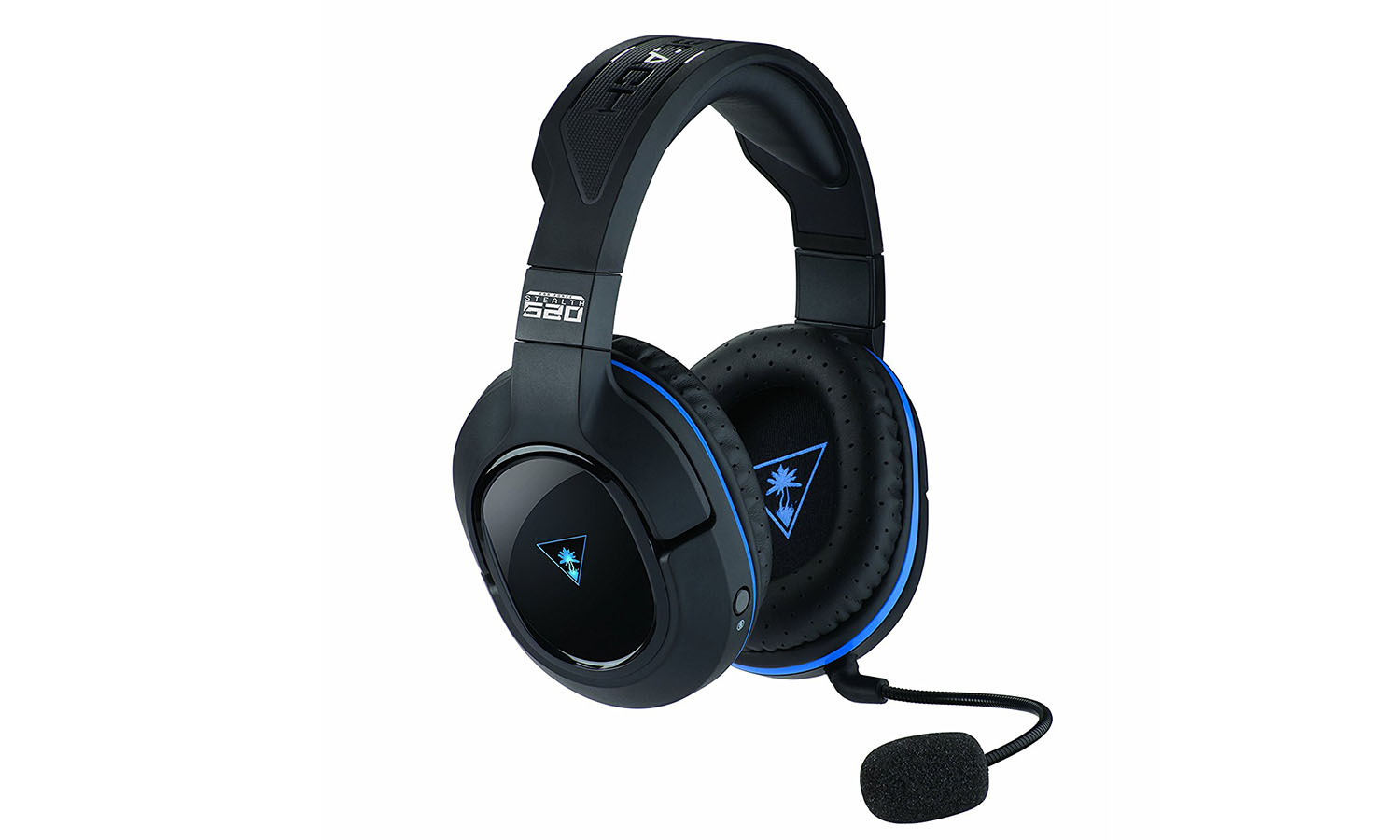Tom's Guide Verdict
The PS4-centric Turtle Beach Ear Force Stealth 520 provides good audio for games, but its design is outdated.
Pros
- +
Great in-game sound
- +
Attractive appearance
- +
Lots of audio modes
Cons
- -
Clunky design
- -
Tedious setup
- -
Mic issues
Why you can trust Tom's Guide
With sleek new designs, enhanced audio technology and clever cable management, gaming headsets are better than they've ever been. The Turtle Beach Ear Force Stealth 520 ($130), on the other hand, is pretty much the same thing that the estimable ear-wear company has been putting out for the last few years. To its credit, the PS4-centric Stealth 520 provides good audio for games and can give competitive players a welcome edge, with detailed surround sound. On the other hand, its dated design and problematic mic make it a tough sell compared to some of its more refined competitors.
Design
One thing Turtle Beach has always done well is exercise restraint in headset design. Turtle Beach peripherals are elegant and economical, and the Stealth 520 is no exception. The ear cups aren't big enough to use as bludgeoning weapons, and the color scheme won't make your head explode like Belloq in Raiders of the Lost Ark. Instead, the Stealth 520 is a simple, straightforward headset with comfortable pleather, over-the-ear cups; a small, padded headband; and few blue highlights in an otherwise-black chassis.
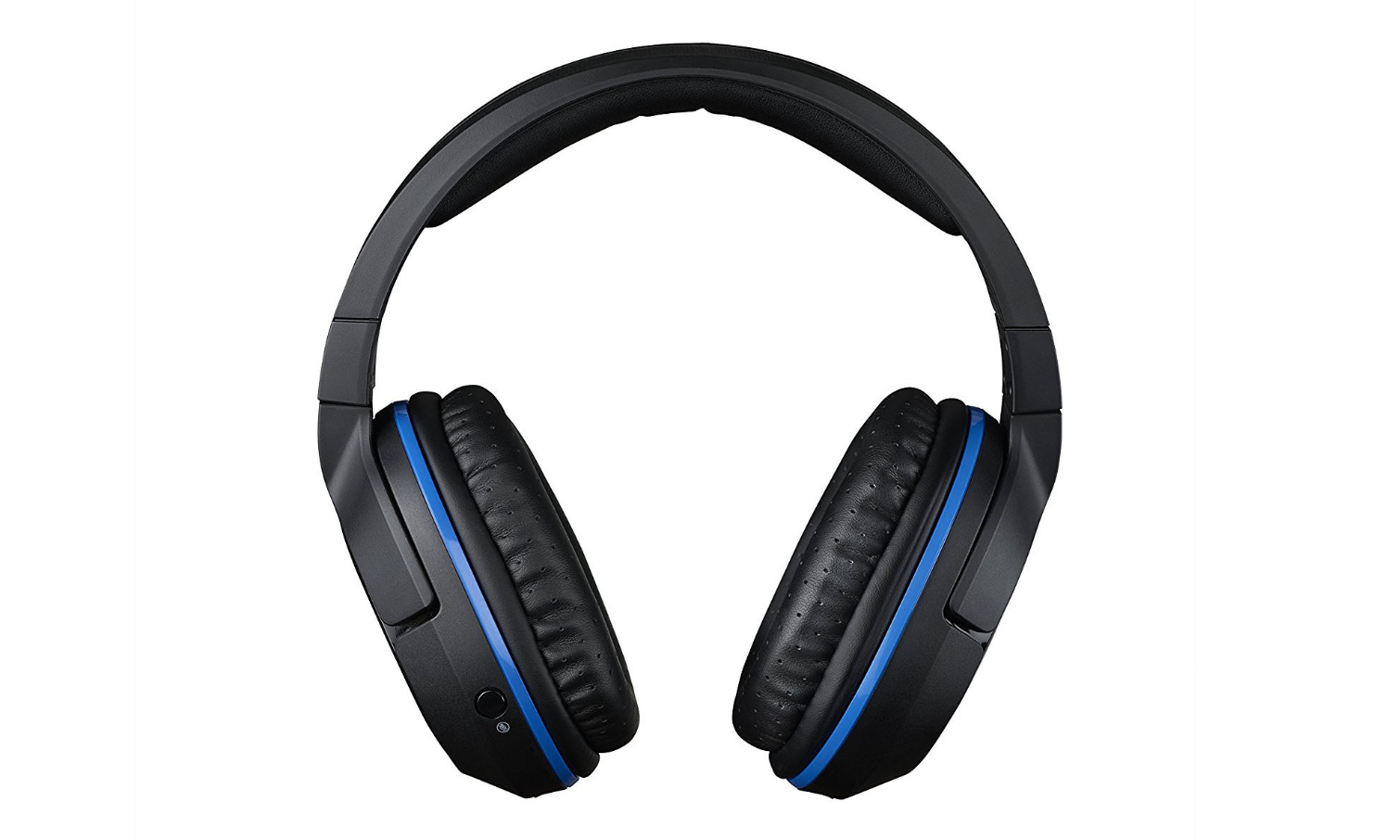
The Stealth 520 channels a classic design, and in all fairness, it looks good. The problem is that in the years since Turtle Beach pioneered its signature headset design, other companies have taken exciting risks that have paid off. Take, for example, the Stealth 520's extendable headband. It's extremely tight, rigid and imprecise. This was the order of the day back in the mid-2000s, but since then, we've had innovations like the SteelSeries Arctis' elastic headband and the adjustment ruler on the Plantronics Rig.
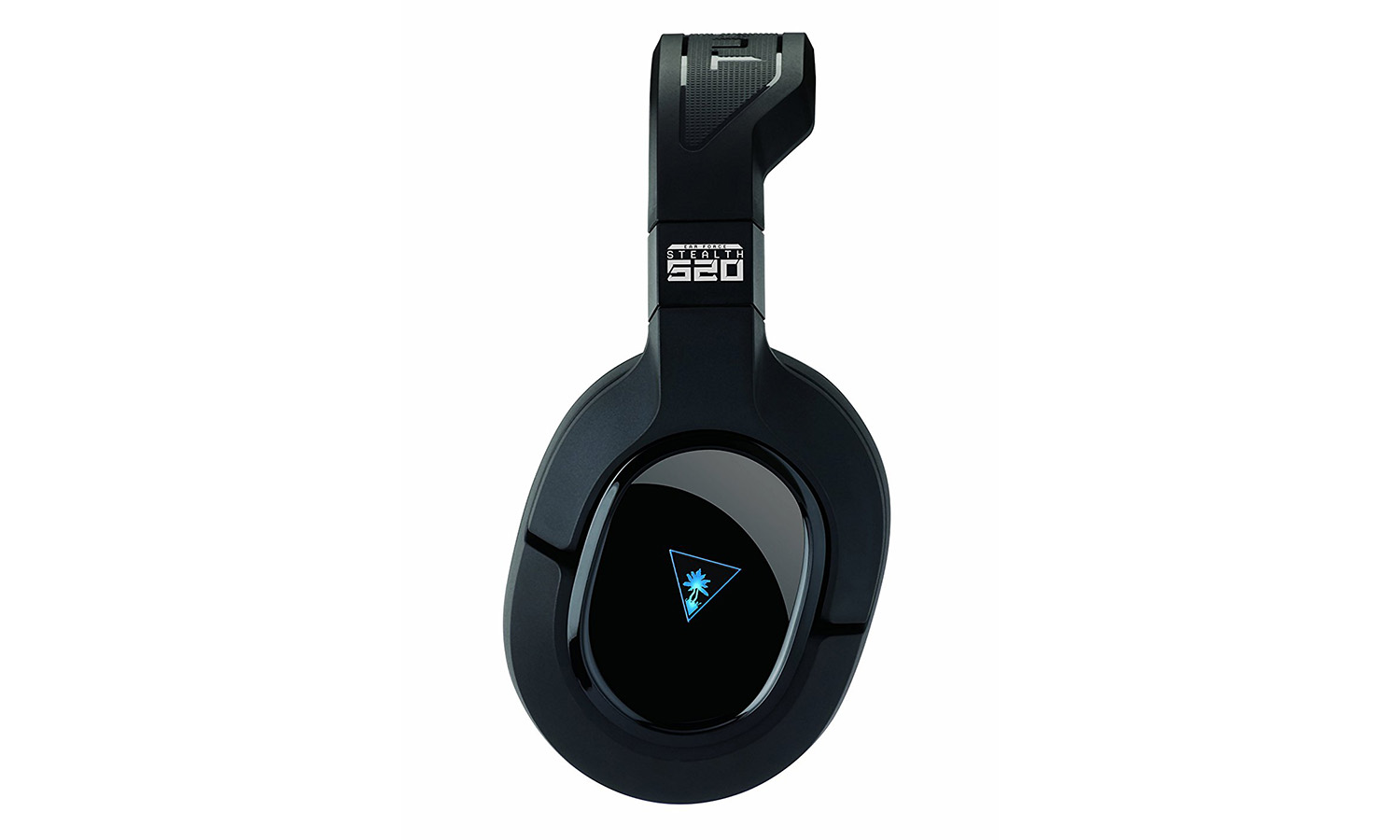
The same is true of the microphone and the USB dongle. While the Stealth 520 features a fairly decent boom mic that you can detach, other headsets like the SteelSeries Arctis 7 and the Logitech G933 have retractable mics. If you want to detach the Stealth 520's USB dongle from your PS4, it'll have to sit in a drawer somewhere; headsets like the Logitech G933 hide the dongle in hidden compartments for easy access. There's nothing wrong with the Stealth 520, but competing headsets offer clever space-savers that make the Turtle Beach model feel outdated.
I wasn't keen on wearing the Stealth 520 for more than about an hour at a time.
Comfort
Although it's not uncomfortably tight, the Stealth 520 is still tight. As discussed above, the process of rigging up the perfect fit is filled with trial and error, due to the rigidity of the headset's extendable headband. Once you get past that issue, the soft ear cups feel comfortable, but the overall feeling is like someone pressing down around your temples — not very hard, but enough to be noticeable, especially if you wear glasses. I wasn't keen on wearing the Stealth 520 for more than about an hour at a time. It's not painful, per se, just much harder than it should be to get a good fit.
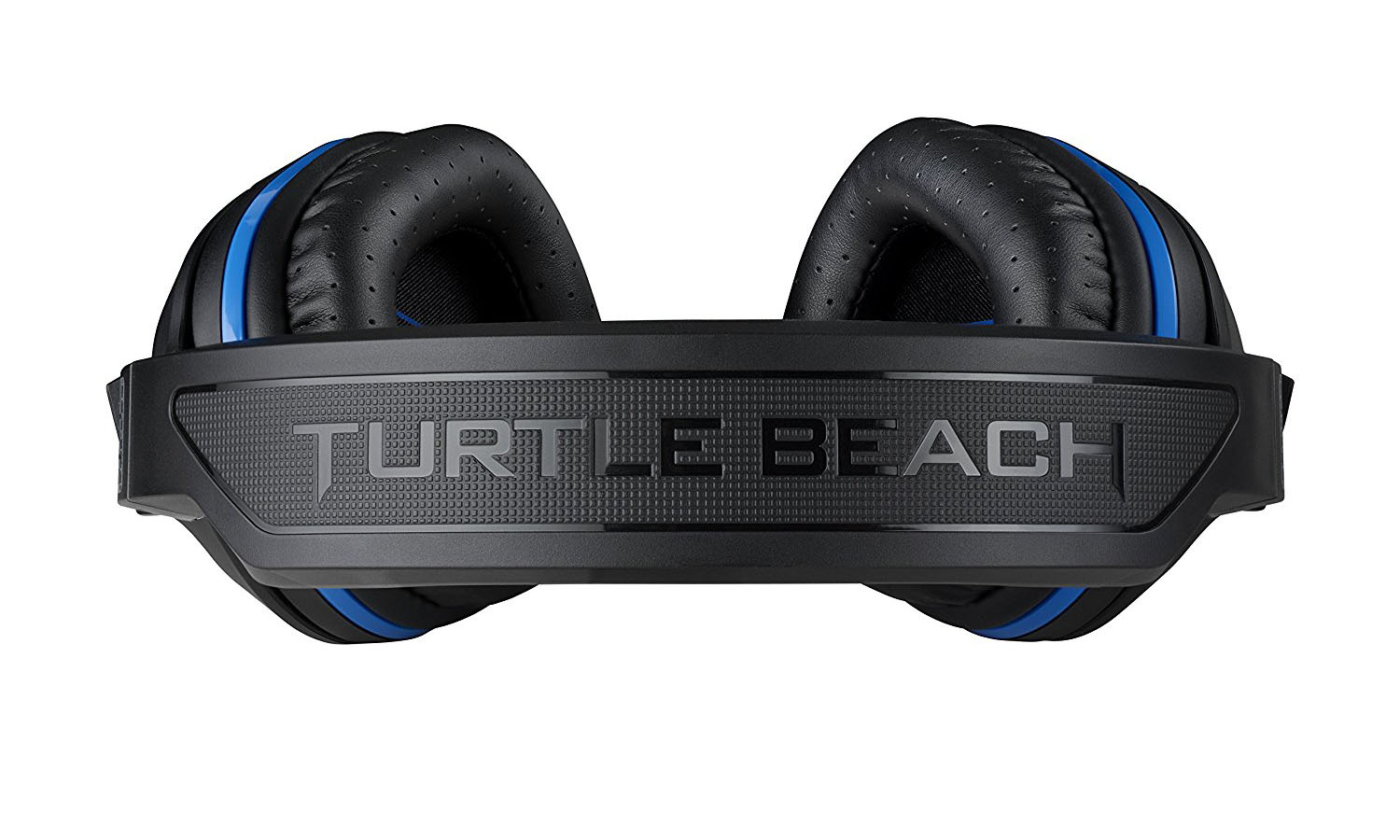
MORE: Best Gaming Headsets
Gaming Performance
Turtle Beach sells the Stealth 520 as a headset for PS4 and PS3 consoles, although let's be honest: If your primary console is still a PS3, you're probably not just now looking for a new headset. So, I focused most of my testing on its PS4 performance.
First, the Stealth 520's setup is a bit convoluted. Most PS4 wireless headsets simply require you to plug in a USB adapter; the Stealth 520 has a few extra steps. First, you run a proprietary wire from the PS4's digital audio port into the USB dongle. (In theory, this relays higher-fidelity audio.)
Then, you need to tinker around in the audio devices menu and route the sound through Chat Audio rather than All Audio, or else the headset will assume all sound is coming through the chat channel. This creates the unfortunate side effect of routing sound through both the Stealth 520 and your TV's regular speakers, which is confusing, although not catastrophic.
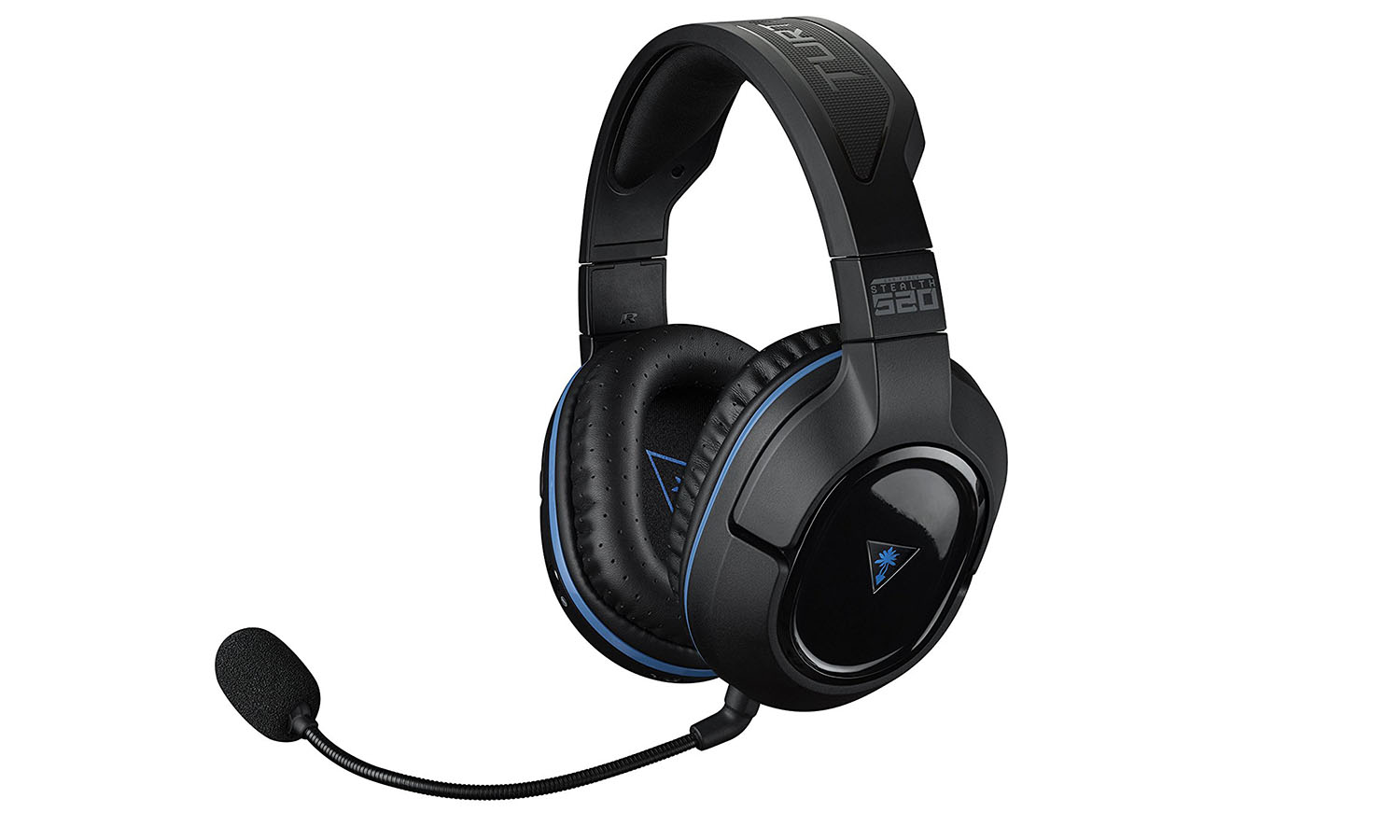
Provided you can get past all that, the Stealth 520 does indeed sound great, as I learned when testing it with Mass Effect Andromeda, Dark Souls III, Tales of Berseria and Star Trek Online on PS4.s.
When I needed to hear enemies on all sides and track them by sound, the Stealth 520 delivered. I heard kett soldiers coming from miles away in Andromeda's multiplayer mode, and registered the far-off cry of wolves well before the animals ever entered my line of sight in Dark Souls. Among games with a more cinematic bent, I heard my party members' battle cries loud and clear in Tales, as well as some intergalactic exposition in Star Trek. To get the most out of these games, I had to play around with the headset's various sound modes, but as described below, that's easy.
You can also use the headset with PCs, but doing so isn't the easiest process. You have to download and install new firmware for both the dongle and the headset, then restart a few times and hope for the best (or at least I did). Playing through a few missions in Hex: Shards of Fate, I found that the sound was clear, but you can get better dedicated headsets for PC.
Finally, the Stealth 520 works with mobile devices via 3.5mm audio jack. Everything sounds fine, but you need to turn on the device to use it; most competing headsets simply draw power from the connected device in this setup.
Media Performance
Music and movies sound satisfactory on the Stealth 520. I put the device through its paces with music from my personal collection, including Flogging Molly, Old Crow Medicine Show, G.F. Handel and the Rolling Stones. In every case, the treble was a little overstated, the bass a little muddy and the vocals a little further back than they should have been. Still, if you're not a hard-core audiophile, the Stealth 520 is perfectly serviceable for music.

I had similar feelings about the video performance. Watching an episode of FX's Legion (no, seriously, go watch Legion if you haven't already) and some reviews on YouTube, I could hear voices, music and sound effects in a reasonable balance. You could bring the Stealth 520 on a subway or an airplane (provided the headset is charged) and take in your favorite shows without issue.
MORE: PS4 Games: Our Staff Favorites
Features
The big selling point of the Stealth 520 is its wireless adapter, especially since it can plug into a digital audio port. The wireless quality is flawless, and the device's battery lasts up to 15 hours. I'm not convinced that the quality is worlds better than that of a standard USB adapter, but having the option is nice, especially since the digital audio port on your PS4 might feel unloved otherwise.
(A word of warning: The new PS4 Slim model does not have a digital audio port, making the Stealth 520 a fairly bad investment for those who own the Slim console. You'll need a first-gen PS4 or a PS4 Pro instead.)
Listeners can also access eight different modes: normal, bass boost, treble boost, and bass and treble boost for stereo systems; and stereo mode, game mode, movie mode and music mode for surround sound systems (like the PS4). The modes are easy to access and make a tangible difference in how various pieces of media sound.
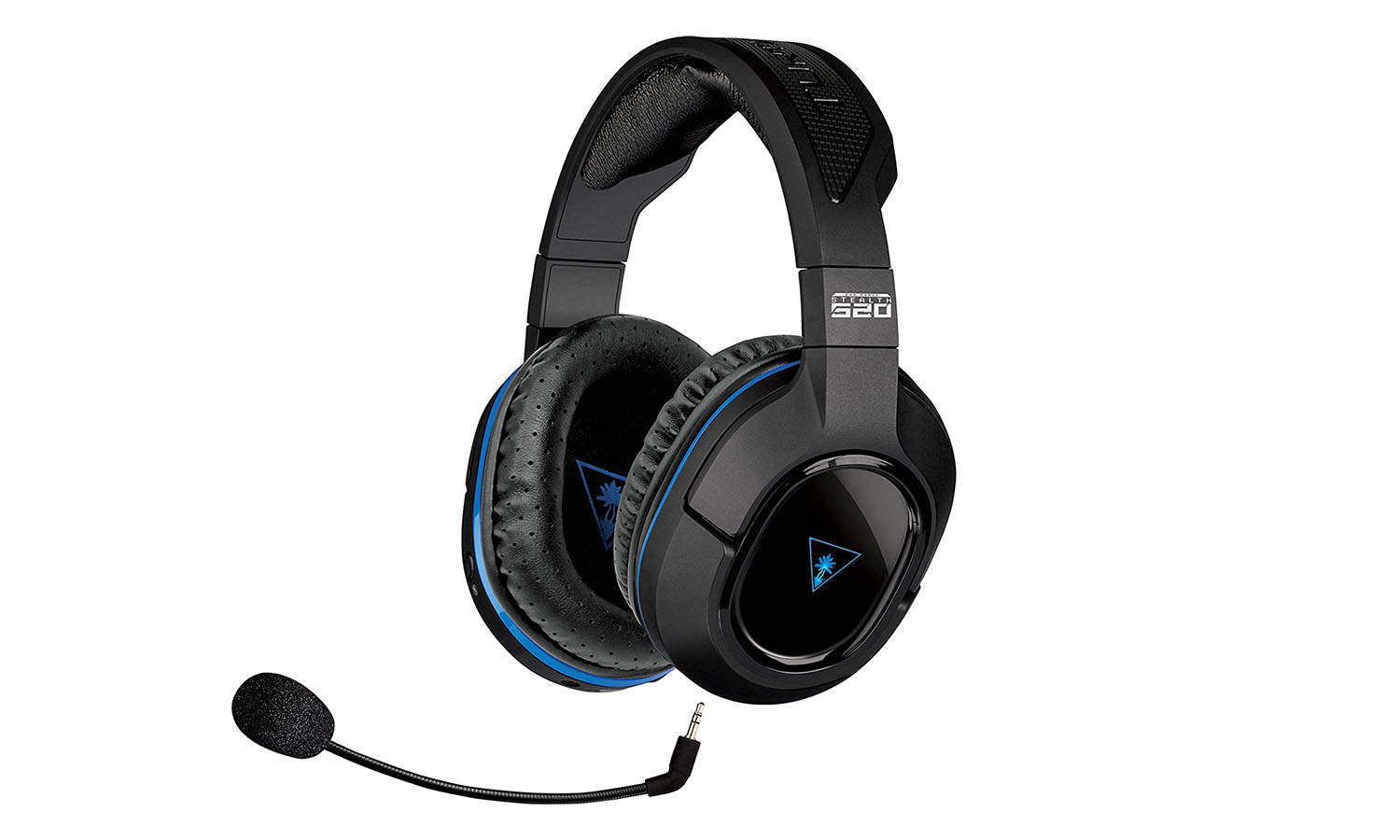
On the other hand, the microphone presents a fairly major problem. The flexible, detachable boom mic is always on. Even if you turn chat volume all the way down or mute the mic, you will always be able to hear yourself breathing or speaking. Detaching it is easy enough to do, but that works only for single-player games; in multiplayer titles, your options are to get used to the sound of your own breath or to play without voice chat, neither one of which is optimal. At least when you speak, you'll come through clear and loud.
MORE: Most Anticipated Games
Bottom Line
The Stealth 520 often sounds good and sometimes sounds great, but that's not quite enough to counterbalance some of its more dated design choices. The headset is not nearly as comfortable as it could be; setup is a process, and the mic is a double-edged sword. It's hard to justify these features in a $130 peripheral when you can get a top-of-the-line device like a SteelSeries Arctis 7 or a Logitech G933 for about $20 more. While the Stealth 520 isn't a bad headset by any means, "not bad" is about where it tops out.
Marshall Honorof is a senior editor for Tom's Guide, overseeing the site's coverage of gaming hardware and software. He comes from a science writing background, having studied paleomammalogy, biological anthropology, and the history of science and technology. After hours, you can find him practicing taekwondo or doing deep dives on classic sci-fi.
